Tam-tams in Mount Royal Park: A Montreal soundmark
Recorded around the George-Étienne Cartier Monument Credits: Mariana Mejia Ahrens, 2019
Noise is a major pollutant of our time. This is why cities focus on reducing noise levels. But sound is more than just noise ! Considering sound can make our cities healthier and more enjoyable. How to do that in practice? Here are a few principles to get started.
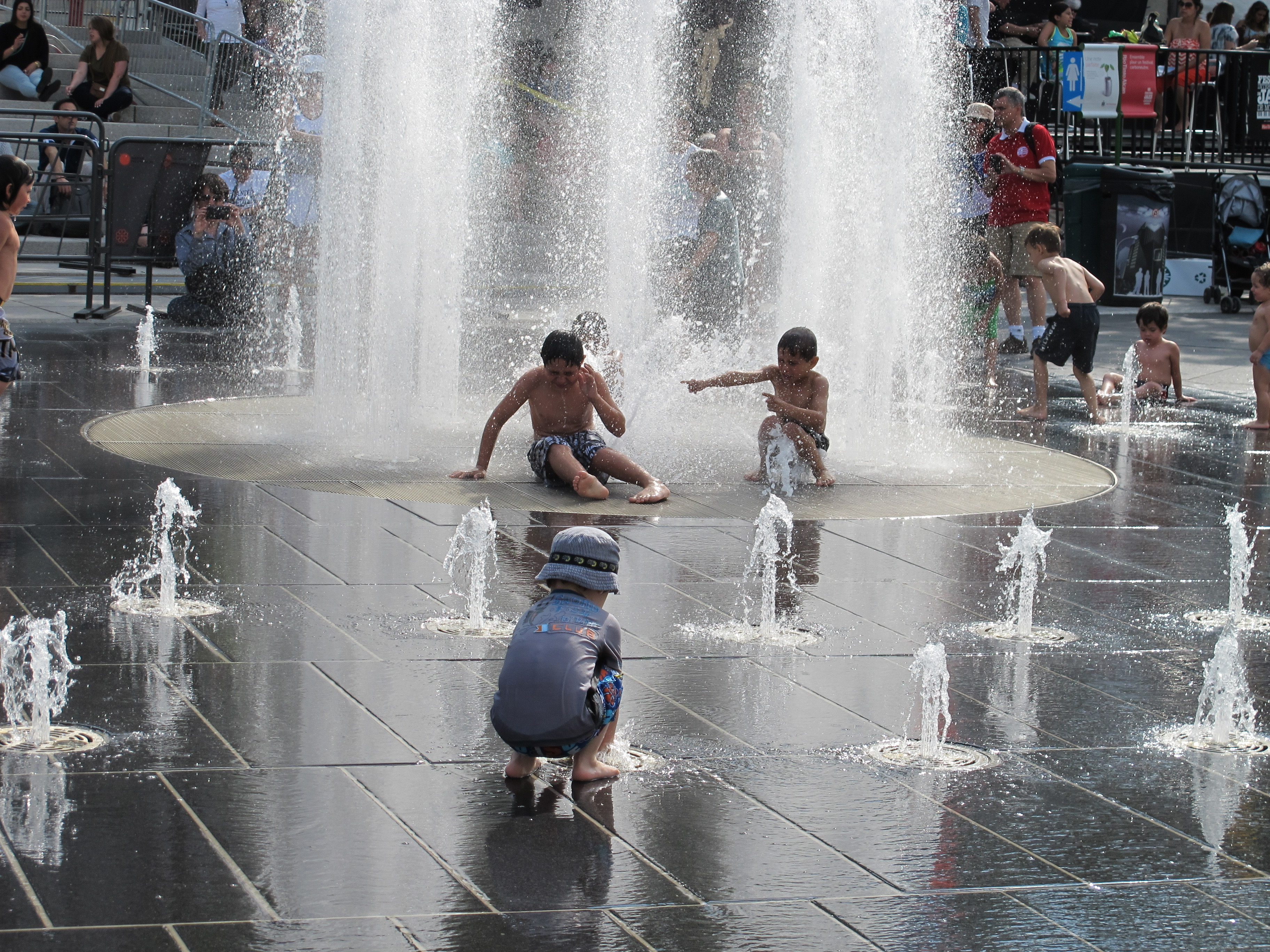
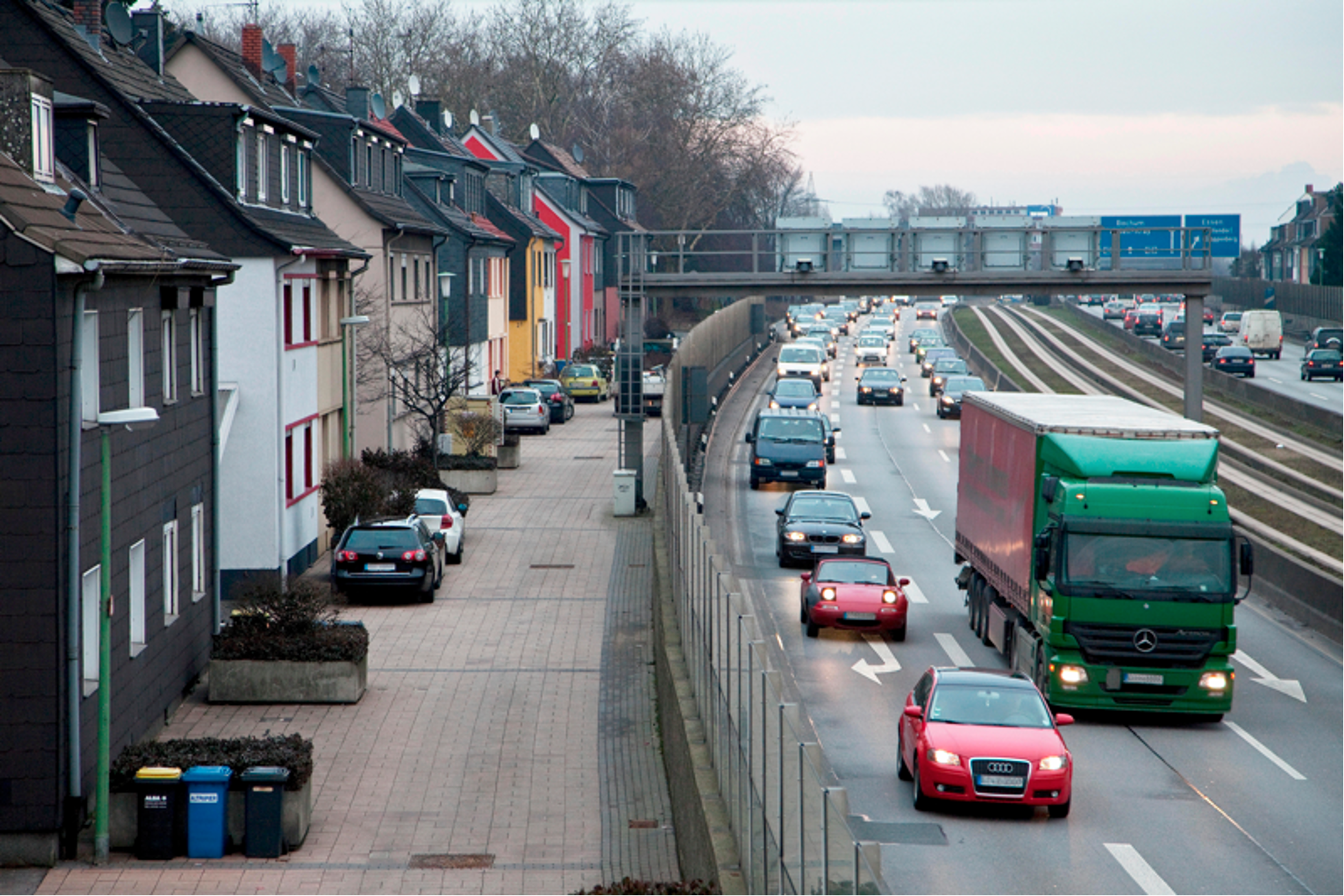

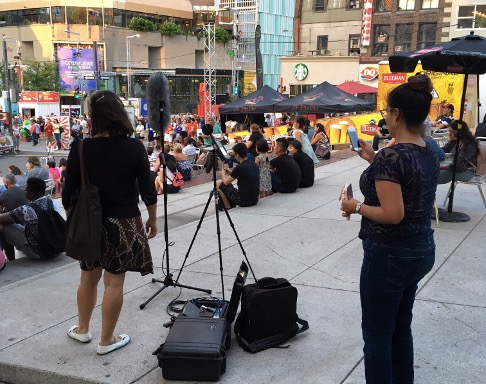
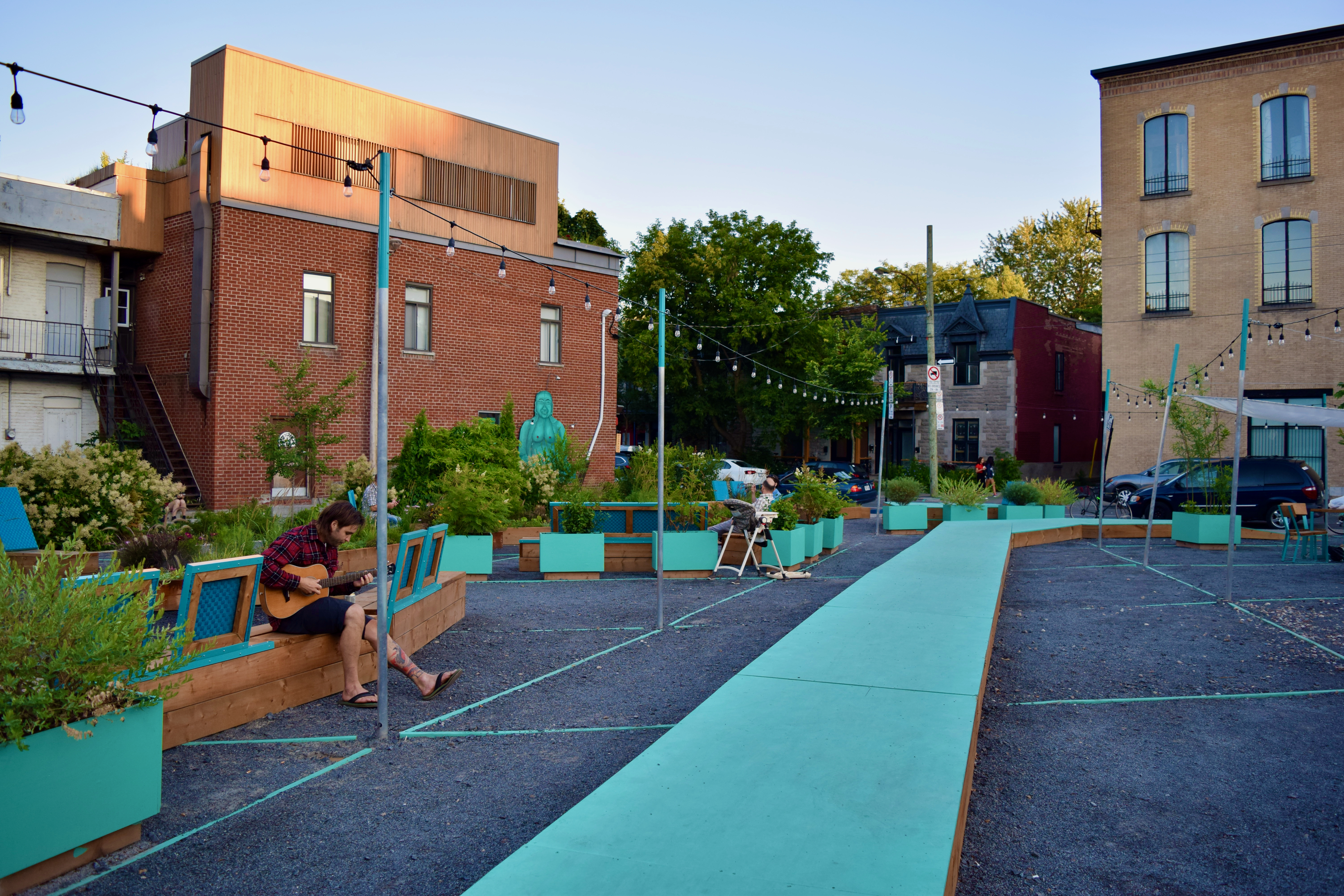
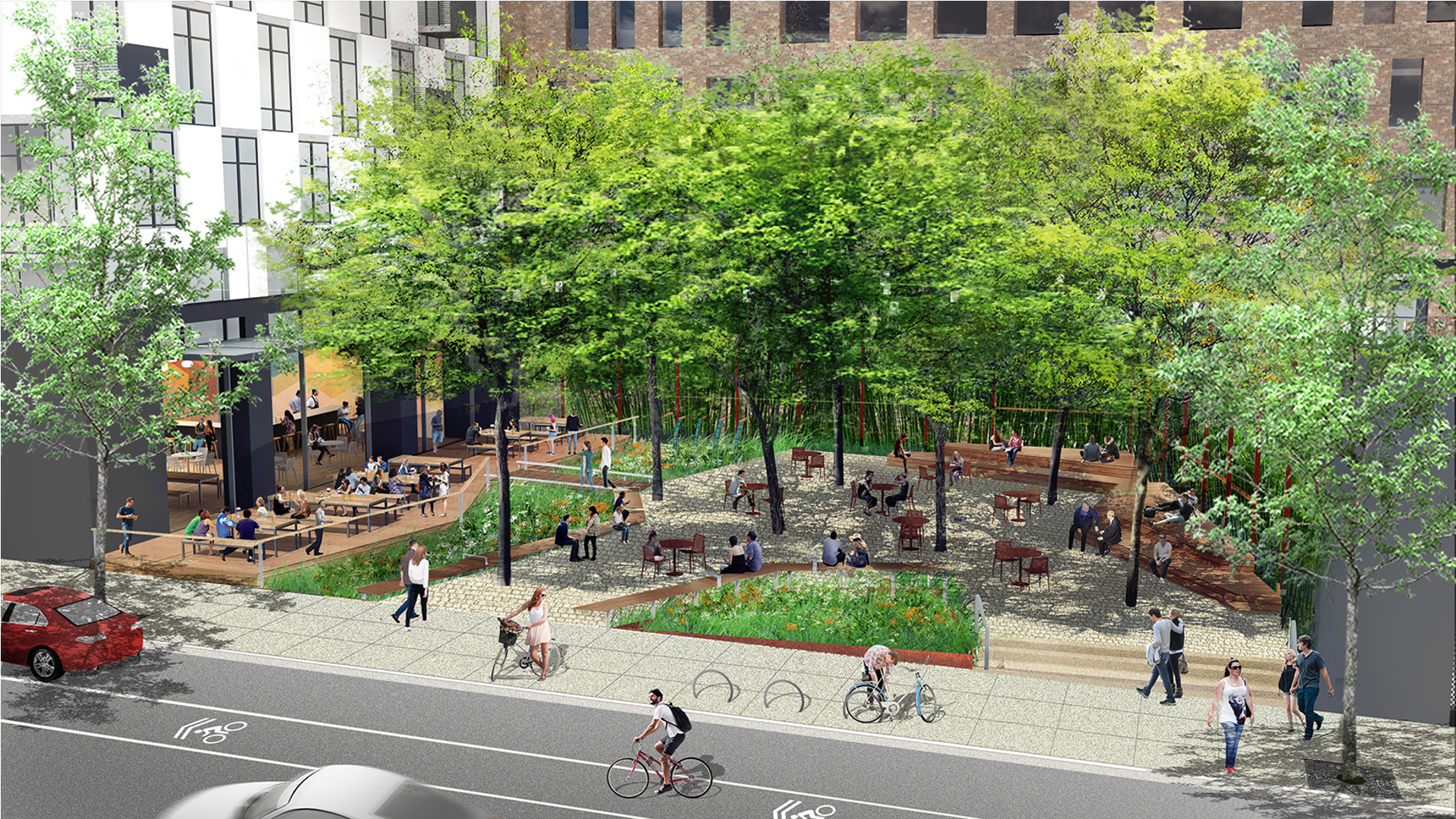
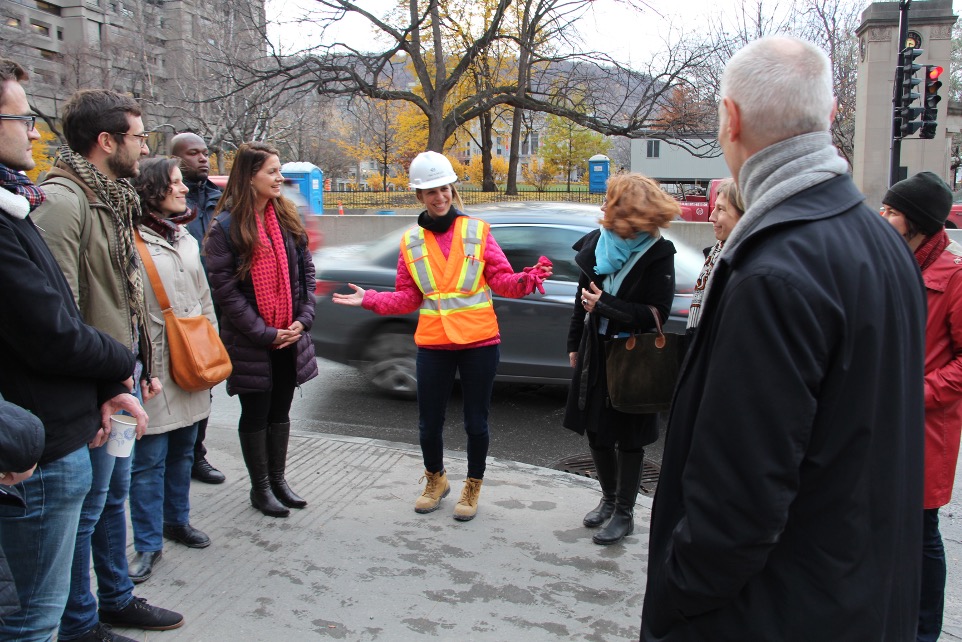
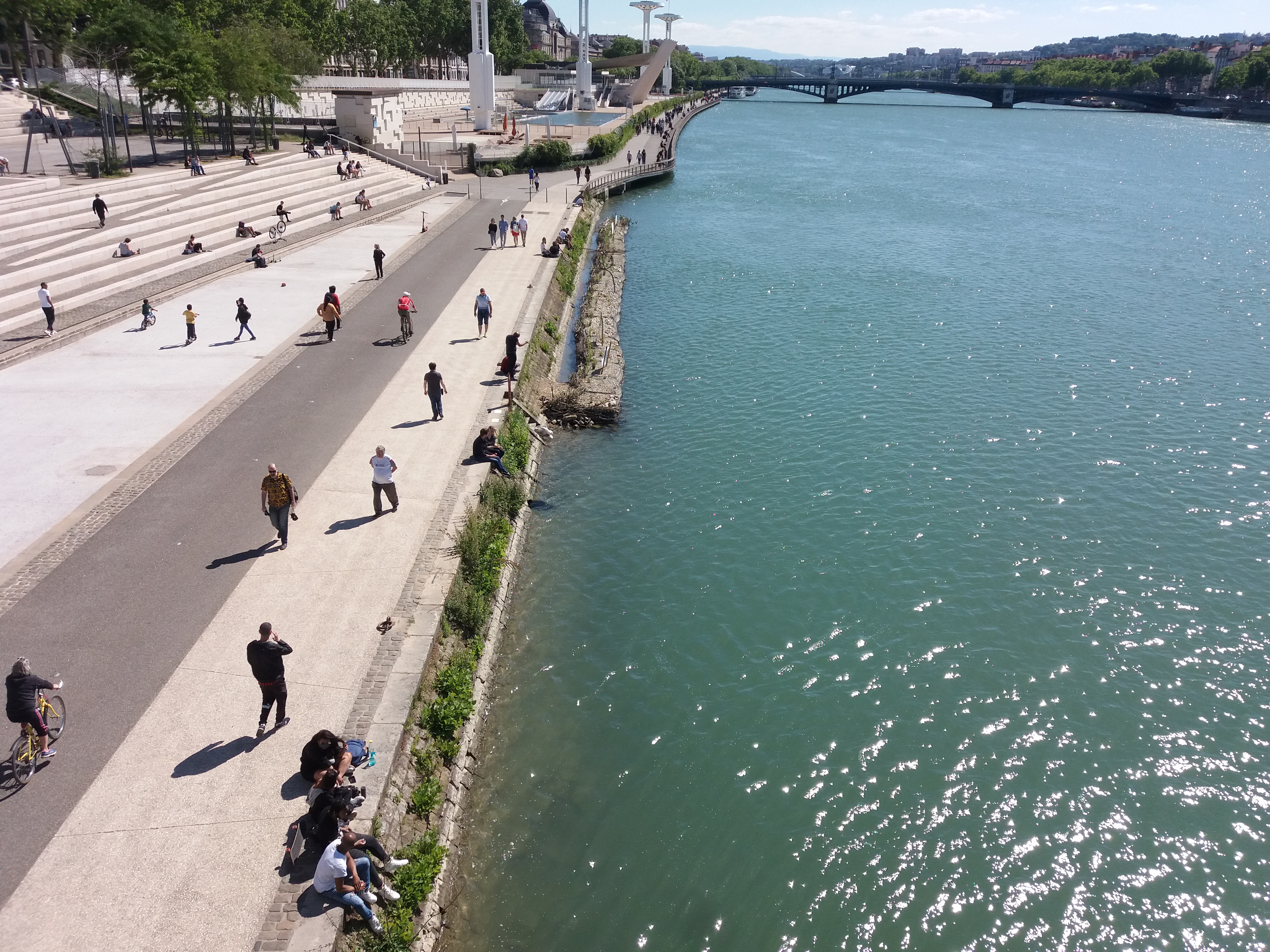
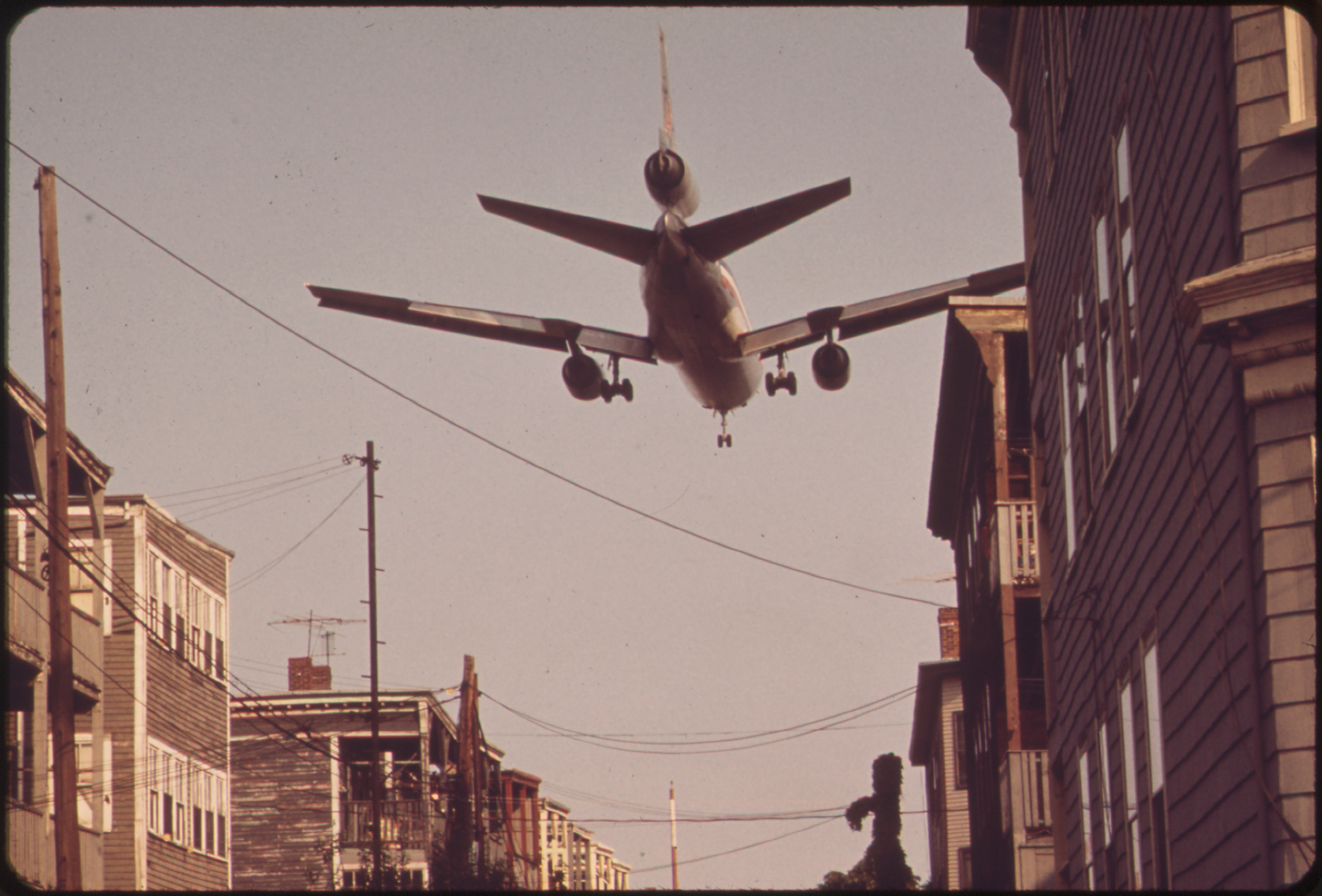
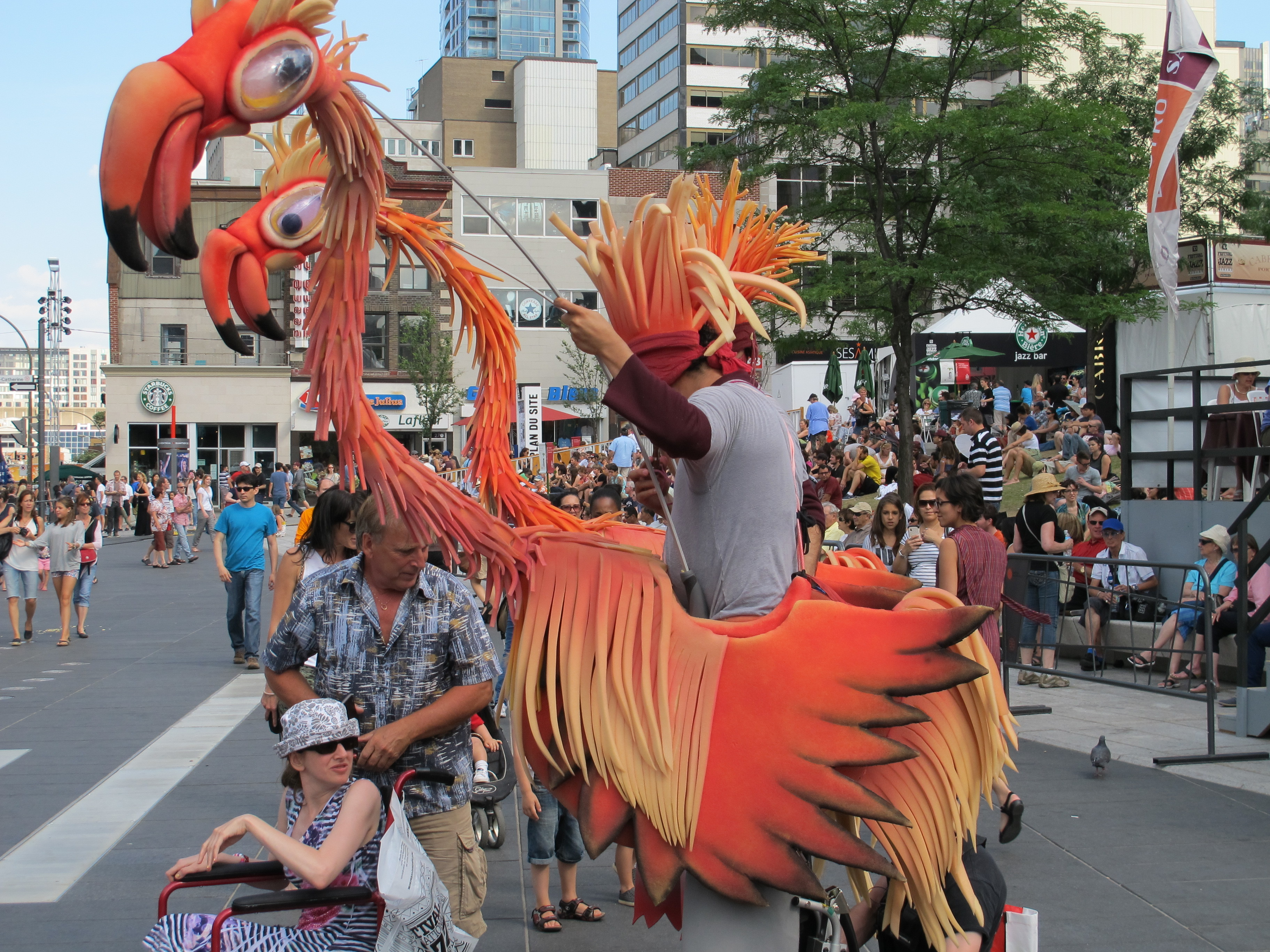
Recorded around the George-Étienne Cartier Monument Credits: Mariana Mejia Ahrens, 2019
Recorded at park Palomino-Brind’Amour, Plateau Mont-Royal Credits: Catherine Guastavino, 2020
Place Emilie-Gamelin, Montréal. Credits: Nicola Di Croce, 2021.
1 in 5 people are highly annoyed with noise.
Noise is the second worst environmental risk factor (after air pollution).
Quality sound environments can help relieve stress.
Sound can animate public space.